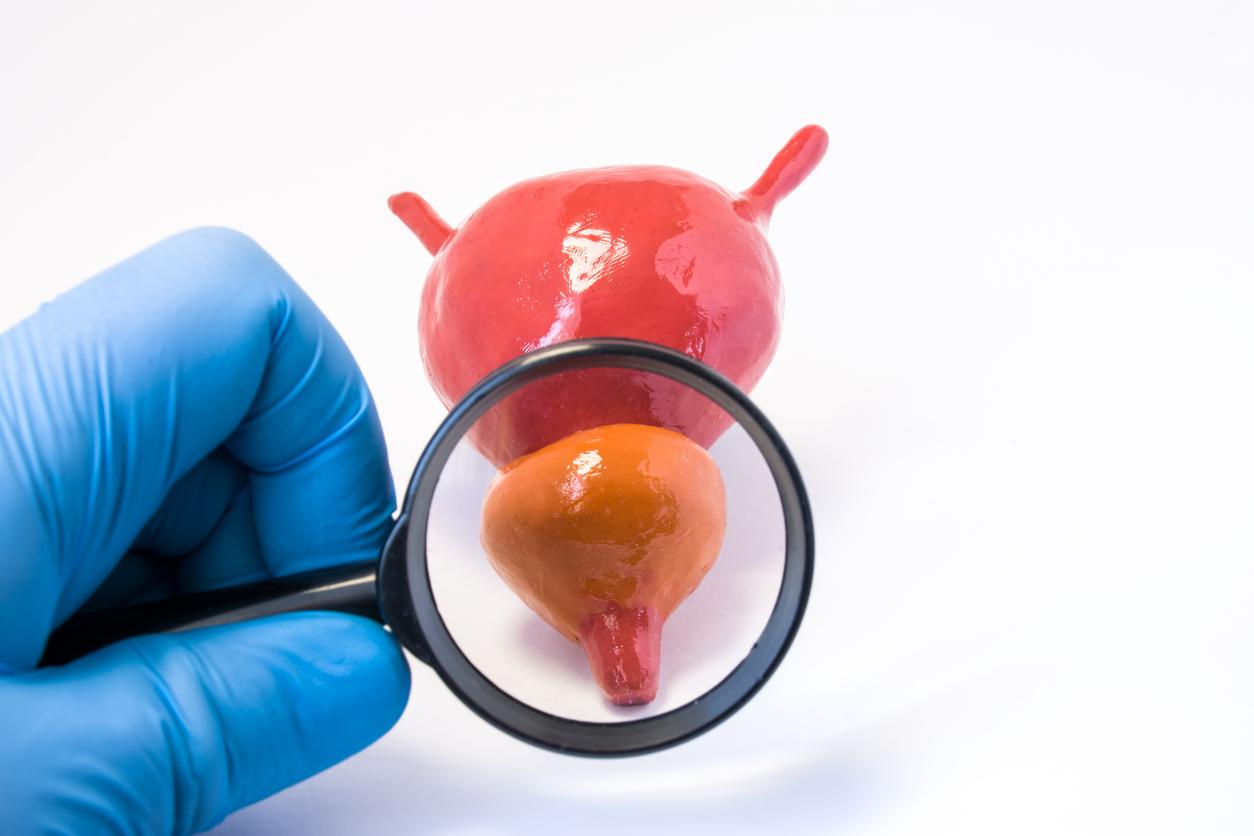Lung cancer is one of the deadliest. But two new studies identify ways to better treat it, from the mutated cells of cancerous tumors.

Lung cancer kills 28,000 people in France every year. It is also the deadliest cancer, and the most common in the world, with 900,000 new cases diagnosed in men each year. Two studies published in the journal Science are interested in the genetic mutations of cancerous tumors over time, in order to better understand how the disease evolves, to better manage it.
Because for doctors, the difficulty is twofold. Lung cancer is difficult to treat because each patient has a different tumor, with specific genetic mutations. Also, it is complicated to spot, with symptoms often appearing after it is too late and the disease has become fatal.
In the first publication, the researchers took a keen interest in several tumors that had been removed from the lungs of patients during surgery. They analyzed the genetic variability between the different regions of the tumors, and between each of them. They sought to understand how these mutations had evolved over time.
And the result is clear: there is a very long period between the appearance of the first mutations and the development of the first symptoms. The first mutations would thus appear in two decades before the disease broke out.
Diagnosis too late
It’s this symptom-free time that is problematic because by the time patients are sick enough to be diagnosed, tumors have grown, uniquely for everyone, through genetic mutations. For researchers, there is therefore an urgent need to develop new tools in order to better diagnose cancer, and earlier.
Today, doctors mainly use the lung scanner, to locate and analyze the tumor, but the liquid biopsy method, which consists of taking the DNA circulating in the blood, has more and more hope.
7000 mutations
Another obstacle to a cure for lung cancer is the relative lack of understanding of the genetic mutations in the tumors that cause the disease. The authors of the second publication demonstrated that targeted drugs are often ineffective because each tumor is different, due to their great genetic heterogeneity. From a single sample of cancer cells, they identified 7,000 genetic mutations. 76% of them were present in the tissues removed.
Ultimately, they hope to better understand these changes. This would not only pave the way for better diagnoses, but could also be the basis for better care, adapted to each patient, and the starting point for new treatments.
.















